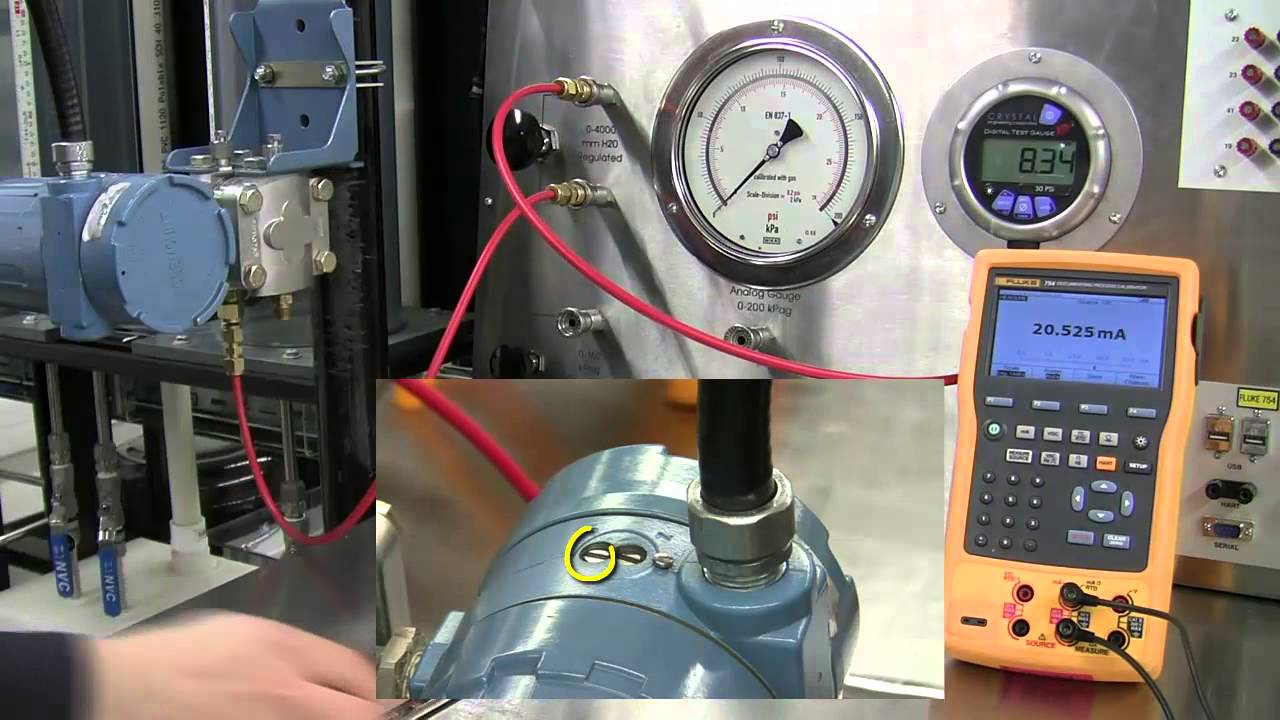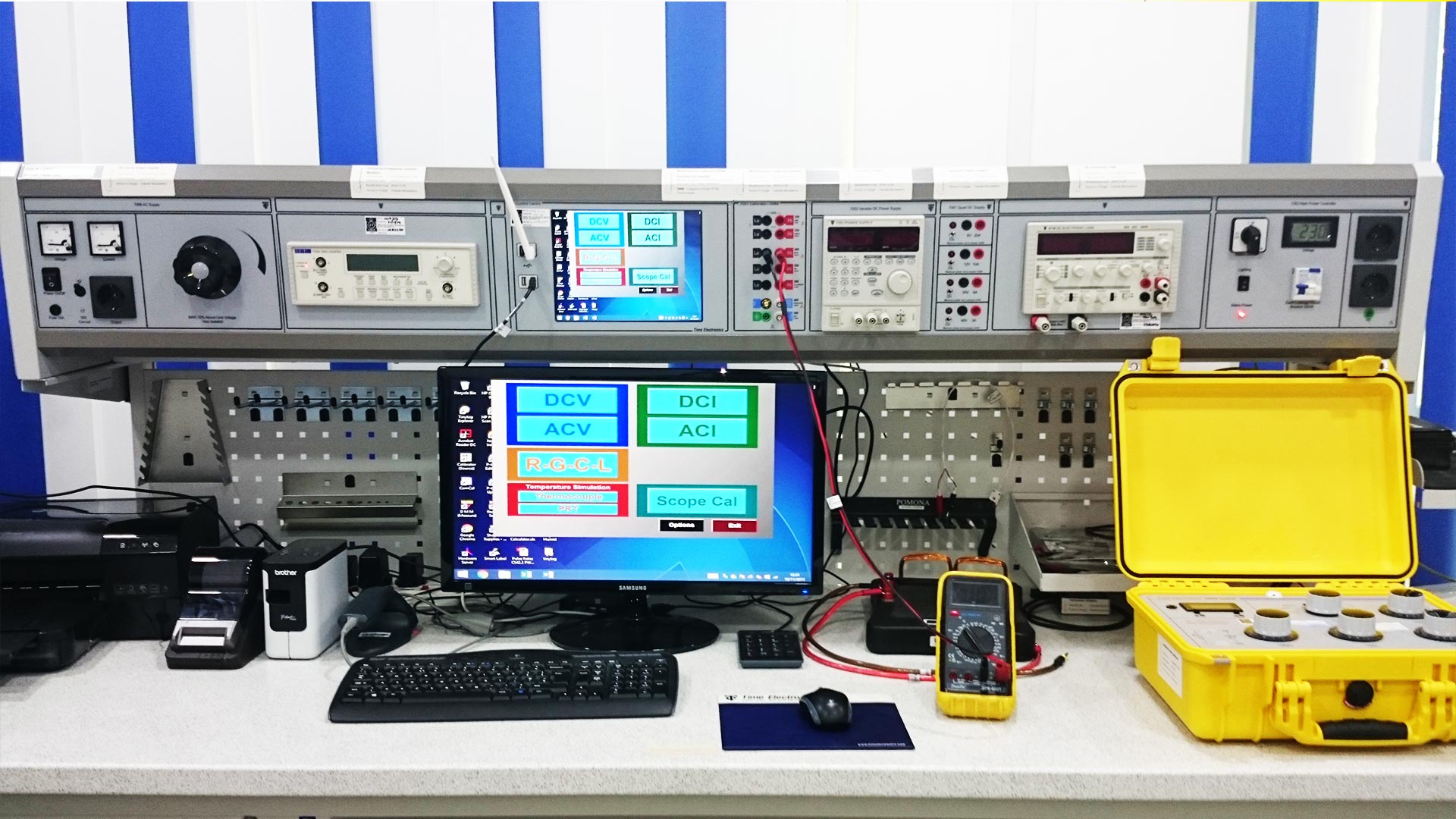Humidity calibration is a critical part of ensuring that your humidifier or dehumidifier is operating at peak performance. If you’re not calibrating your humidifier, you could be damaging your home and health!
In this post, we’ll explore the basics of humidity calibration (including why it’s important), as well as some tips for getting it right.
Humidity Calibration
Humidity calibration is the process of adjusting the reading of your hygrometer to account for its deviation from an ideal state. This is done so that you can get an accurate reading of relative humidity, without having to worry about any errors caused by incorrect thermistor resistance or other factors.
Humidity meters are designed to measure the amount of water vapour in air, and how much relative humidity there is based on that measurement. But there are many different kinds of meters on the market with different designs and features—and they all have different capabilities when it comes to measuring both accuracy and precision (how closely they match each other).
These differences can lead to significant error when measuring levels above 90% RH; one type might show 80% while another shows 85%.
These discrepancies may cause problems if someone uses these numbers as data points against which future measurements are compared—for example, by testing whether a sample has changed its level since last time around. Correcting these errors will help ensure you’re getting accurate readings every time!

Why Is Humidity Calibration Important?
It is important to calibrate your humidity because, if you don’t, you can get inaccurate readings. If your humidity levels are too low, your plants may die and mould can grow on the walls of any building where humidity is too low.
If there is too much moisture in the air, then mould spores will grow rapidly and block out light from getting through to the plants below them.
Calibration can also help prevent water damage when dew point sensors fail because they have been unable to detect it due to calibration issues in the past.
This could lead consumers who rely on these devices not to be able to tell whether or not their homes are safe or whether they need repairs done before they become flooded with water—which could be avoided through proper calibration!
Best Practices For Humidity Calibration
As a general rule, it’s best to calibrate your instrument at least once a year. It is also good practice to calibrate your instrument before use, after any maintenance has been done on it (e.g., changing sensors), and if you change the environment in which it is used.
It’s important to note that humidity calibration does not necessarily mean recalibrating your instrument for every single measurement you take; rather, it refers to a process of checking whether or not your sensor is reading the humidity correctly at all times.
Conclusion
So, what’s the takeaway? I hope that this article has helped you understand why humidity calibration is so important, as well as how to make sure your instrument is calibrated and ready for use. Humidity Calibration can be a complex topic, but there are many resources available to help guide you through it.

